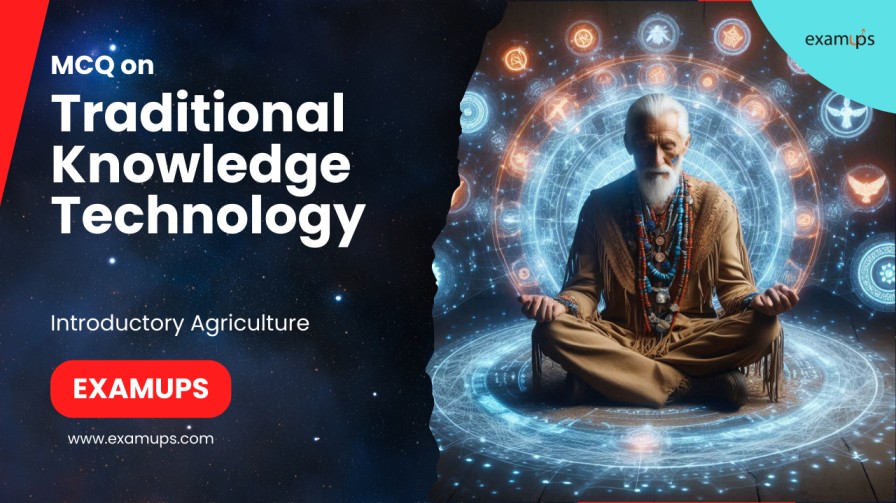MCQ on Phenomenon of infection – pre-penetration, penetration and post penetration
Plant Pathology MCQ E-Books DownloadPre-Penetration
- What is the term for the initial contact between infective propagules of a parasite and a potential host plant?
A. Colonization
B. Inoculation
C. Penetration
D. Germination
Answer: B - Which of the following can act as a signal for the formation of an appressorium in fungi?
A. Light intensity
B. Volatile compounds
C. Humidity levels
D. Soil nutrients
Answer: B - What structure do some pathogens develop for specialized penetration of the plant surface?
A. Hyphae
B. Appressoria
C. Haustoria
D. Vesicles
Answer: B - What environmental condition is NOT a factor influencing pathogen development?
A. Aeration
B. Plant height
C. pH levels
D. Moisture
Answer: B - Which of the following substances on leaf surfaces can trigger spore germination?
A. Plant hormones
B. Sugars and amino acids
C. Oxygen molecules
D. Insect secretions
Answer: B
Penetration
- Which structure in fungal pathogens aids in the application of pressure during direct penetration?
A. Stomata
B. Penetration pore
C. Appressorium
D. Hydathode
Answer: C - What is the role of melanin in the cell wall of an appressorium?
A. Enhancing enzyme activity
B. Making the wall watertight
C. Facilitating nutrient absorption
D. Inhibiting host defenses
Answer: B - How do many pathogenic bacteria and nematodes enter their host plants?
A. Through lenticels
B. Via appressoria
C. Through stomatal pores
D. By degrading the cell wall
Answer: C - Which type of penetration involves a direct attack on the plant’s physical barriers, such as the cuticle?
A. Ectoparasitic penetration
B. Direct penetration
C. Sub-stomatal penetration
D. Natural opening penetration
Answer: B - Which is NOT a pre-existing opening used by pathogens for entry?
A. Stomata
B. Hydathodes
C. Appressoria
D. Lenticels
Answer: C
Post-Penetration/Colonization
- What term describes pathogens that establish infections in living tissues?
A. Necrotrophs
B. Biotrophs
C. Hemibiotrophs
D. Endobiotics
Answer: B - Which type of pathogen secretes toxins to kill cells before colonization?
A. Necrotrophs
B. Biotrophs
C. Ectoparasites
D. Downy mildews
Answer: A - Hemibiotrophs are intermediate pathogens that:
A. Remain biotrophic throughout their life cycle.
B. Start as biotrophs and later become necrotrophic.
C. Infect the vascular system only.
D. Always kill cells immediately.
Answer: B - What structure allows ectoparasites to extract nutrients from host cells?
A. Appressoria
B. Haustoria
C. Vesicles
D. Lenticels
Answer: B - Which type of infection involves pathogens colonizing between the cuticle and epidermal cells?
A. Vascular infection
B. Sub-cuticular infection
C. Systemic infection
D. Necrotrophic infection
Answer: B
Disease Physiology
- What is a common physiological response of plants to infection?
A. Decrease in respiration
B. Increase in respiration
C. Reduced glucose catabolism
D. Increase in photosynthesis
Answer: B - What causes a measurable increase in the temperature of infected leaves?
A. Oxidative burst
B. Sporulation
C. Glucose catabolism
D. Transpiration rate
Answer: C - Biotrophic pathogens affect photosynthesis by:
A. Killing chloroplasts immediately.
B. Creating metabolic sinks in infected tissues.
C. Blocking xylem vessels.
D. Releasing toxins into the vascular system.
Answer: B - Which symptom is associated with vascular infections?
A. Leaf discoloration
B. Wilting
C. Adventitious root formation
D. Chloroplast damage
Answer: B - Which type of pathogen typically delays host cell senescence during sporulation?
A. Necrotrophs
B. Hemibiotrophs
C. Rust fungi
D. Vascular wilt pathogens
Answer: C
Mixed Concepts
- What is the role of reactive oxygen species in plant defense?
A. Facilitating fungal entry
B. Suppressing pathogen enzymes
C. Supporting glucose catabolism
D. Involved in disease resistance mechanisms
Answer: D - Which pathogen spreads systemically without necessarily causing necrosis?
A. Necrotrophs
B. Downy mildews
C. Biotrophic fungi
D. Burrowing nematodes
Answer: B - Appressoria generate penetration pegs by:
A. Secreting toxins.
B. Increasing turgor pressure.
C. Breaking down cell membranes.
D. Producing reactive oxygen species.
Answer: B - Which infection involves pathogen life cycles completed entirely within host cells?
A. Vascular infection
B. Endobiotic infection
C. Sub-cuticular infection
D. Hemibiotrophic infection
Answer: B - What triggers spore germination in some pathogens?
A. UV light
B. Mineral availability
C. Leaf surface secretions
D. Xylem fluids
Answer: C
Advanced Questions
- What structural adaptation in appressoria aids in generating high pressure?
A. Cellulose deposition
B. Melanin impregnation
C. Hydathode activation
D. Vesicle formation
Answer: B - Which plant opening is associated with guttation droplets?
A. Stomata
B. Lenticels
C. Hydathodes
D. Nectaries
Answer: C - The oxidative burst in plants primarily serves to:
A. Enhance photosynthesis.
B. Promote fungal growth.
C. Activate defense mechanisms.
D. Increase transpiration.
Answer: C - Which term describes pathogens causing systemic deformation rather than necrosis?
A. Necrotrophs
B. Biotrophs
C. Hemibiotrophs
D. Downy mildews
Answer: D - Pathogens altering hormone balance in plants may cause:
A. Leaf wilting only.
B. Adventitious root formation.
C. Sub-stomatal vesicle development.
D. Turgor pressure reduction.
Answer: B










